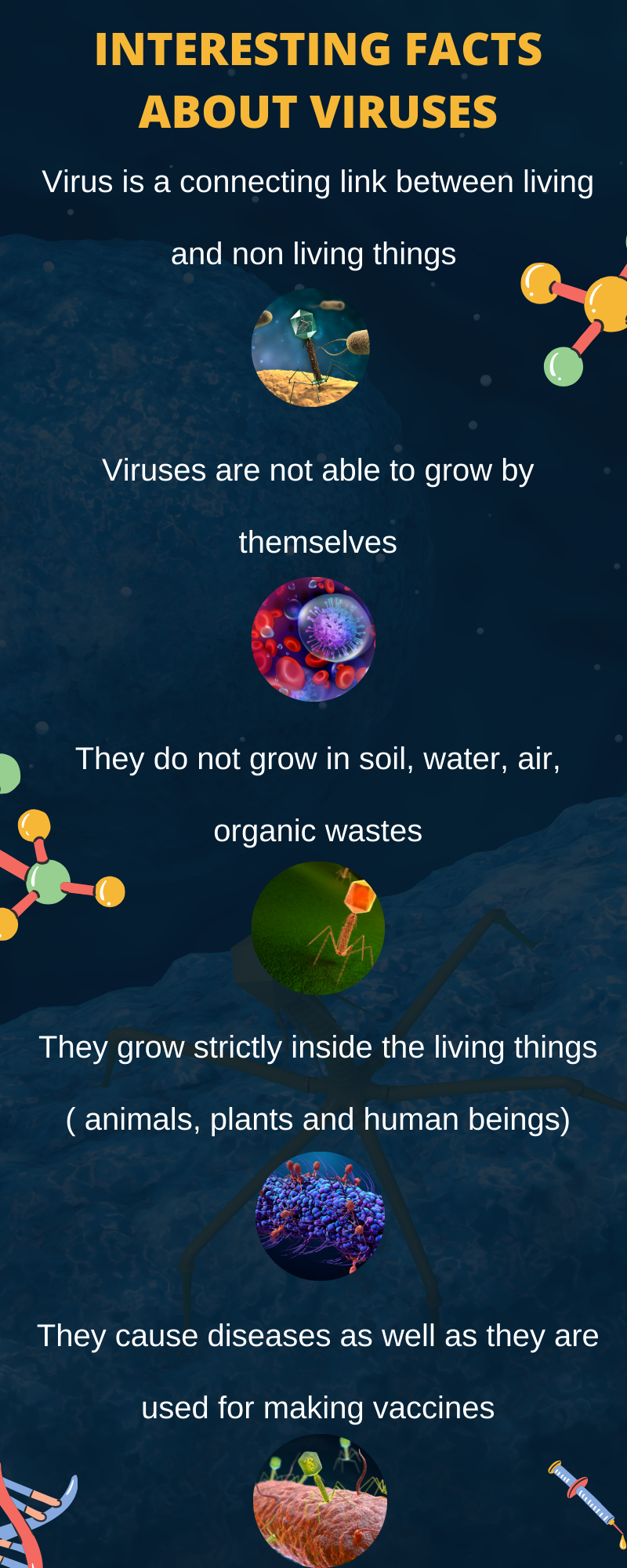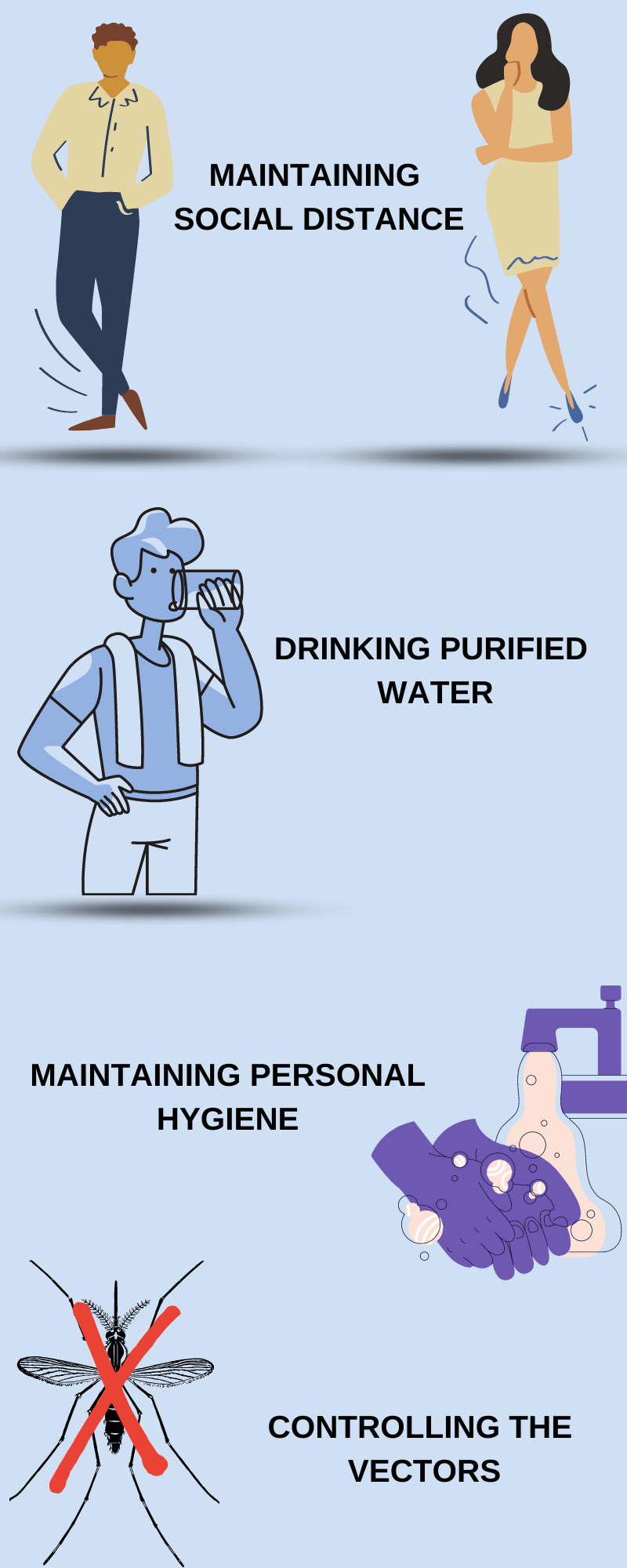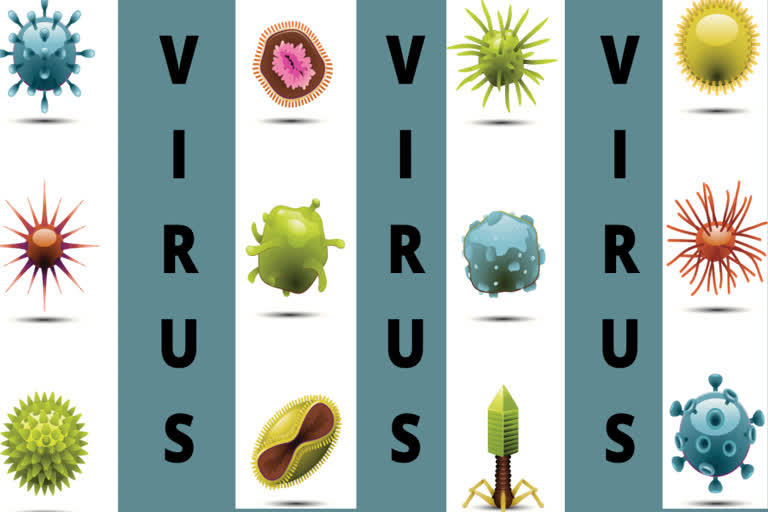Hyderabad: On the planet Earth, there are two kinds of things, one “which can move, grow, reproduce as living things (animals, humans, plants)” and the second ones “which cannot grow, move, and reproduce as non-living things( machines, tools, furniture, etc.)”. Overall anything can exist as living or non-living. Interestingly, one category can behave as both. Have you ever thought, what these might be? They are nothing but 'VIRUSES”, which we all are aware of and are also called microorganisms or microbes.

Earlier Visalakshi Arigela had talked about microbes like algae, bacteria, fungi, protozoa. To know more about these, click here:-
Microorganisms or microbes in our day to day life
Visalakshi Arigela is explaining in detail the viruses and what they do, how they grow etc. She has done her graduation and post-graduation in Microbiology.
For ages, these are prevalent in the world causing diseases. Viruses are microscopic, infection-causing agents. They are smaller than all the living forms of life.
Visalakshi explains that these viruses are so small that they cannot be seen with the normal microscopes which we use to see other microorganisms like algae, bacteria, fungi, protozoa. These viruses can only be seen with a special microscope called an Electron Microscope.

Viruses have some features which make them different from the other microbes such as algae, bacteria, fungi, protozoa. What are these features? Visalakshi explains that these microbes can grow on their own and derive nutrients from any sources such as soil, water, air, and organic wastes. She further adds that the viruses can only grow inside a living cell such as animals, plants, humans, and other microbes.
Now the question arises, why viruses are not able to grow by themselves even when sources like soil, water, air, and organic wastes are available? The answer is simple, as they do not have internal machinery that can support their growth. They strictly need the support of living cells for their growth. Is this a peculiar feature?
Yes, for the viruses to survive they first have to enter into host cells. After this, they start to grow in numbers inside the host cells. At this phase, the virus produces symptoms and eventually cause diseases to the infected host.
Yet another question answered by Visalakshi. The question is whether all the symptoms produced by the viruses are dangerous or not. She is explaining by giving examples of diseases caused by viruses. These diseases are more common in human beings.
The common cold which we all are aware is caused by a virus and the symptoms as we all know are mild. Coming to other diseases such as Polio, AIDS, measles, the symptoms are more severe. As a result, they may cause adverse effects on the host cells. Even in some cases, these may prove to be fatal.
When we think of viruses, we can only think of diseases. With this, comes an associated fear. This in turn makes us scared. The most important question that comes to mind whether they can be prevented or not.
Yes, they can be prevented. Let us understand from the example of POLIO that has been slowly eradicating because of the vaccines. This defines the helpful nature of the viruses in the production of vaccines. Due to the availability of vaccines, not only polio even cowpox, measles, and other diseases are declining.
As some of the diseases can be prevented by vaccines yet for so many diseases there are no vaccines. So, what can we do to prevent viral infections?
With an understanding of how viruses get transmitted, preventive measures can be followed. They spread from one host to another either by air or water or by direct contact or by vectors(mediators that can carry the virus inside them). As per the mode of transmission, we can follow simple measures like:-

- Maintaining social distance
- Drinking purified water
- Maintaining personal hygiene
- Controlling the vectors. For example, in cases of diseases like dengue and chikungunya, controlling mosquitoes (they act as vectors) will be helpful.
You can follow Visalakshi on Facebook @visalakshi.arigela, Twitter @VisalakshiArig1
Also Read: Taming CRISPR



